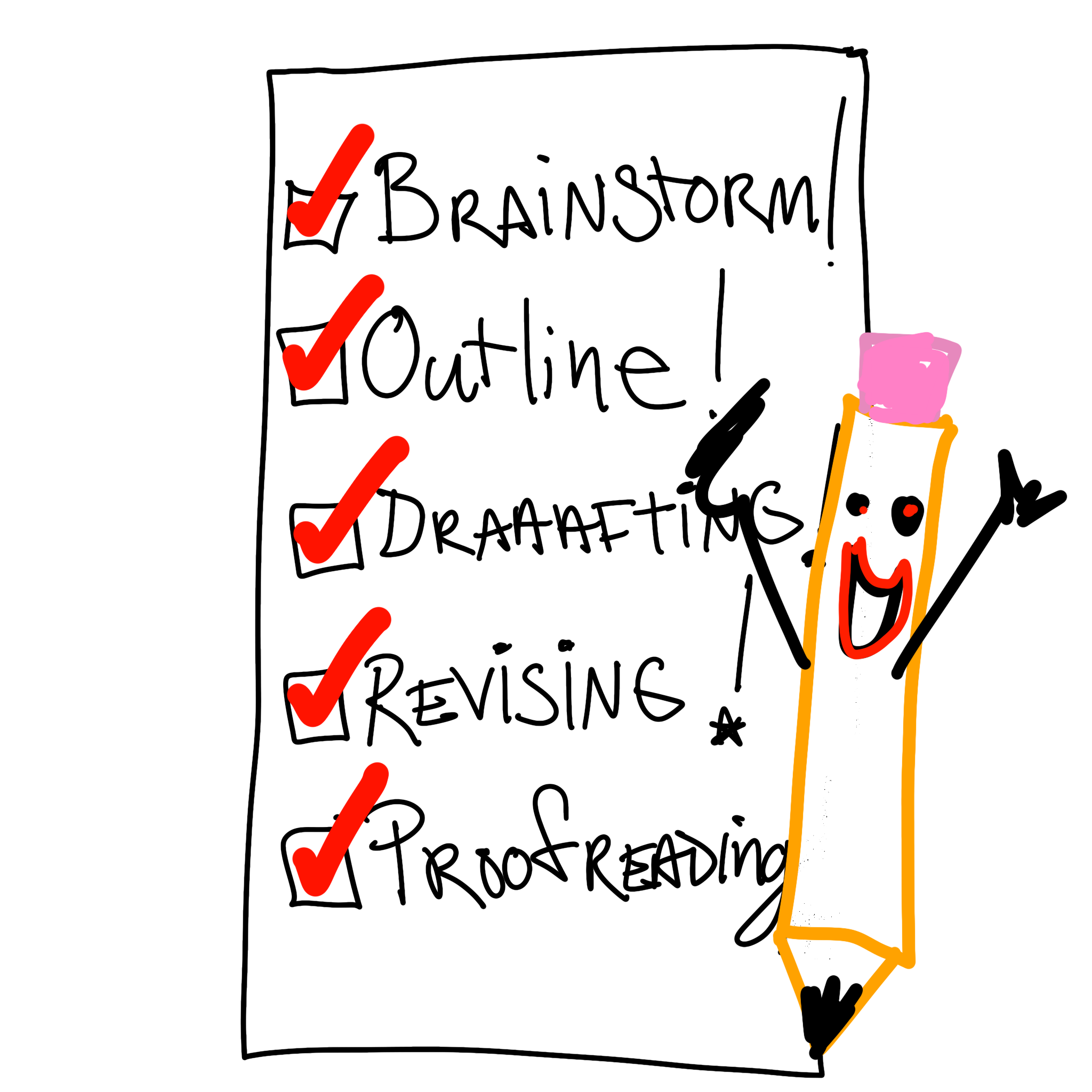
The 5th Grade Writing Process: A Dangerous Lie
I don't often have hot takes, but when I do, it’s that “The Writing Process” poster in my fifth-grade classroom ruined me.
This is me in fifth grade:
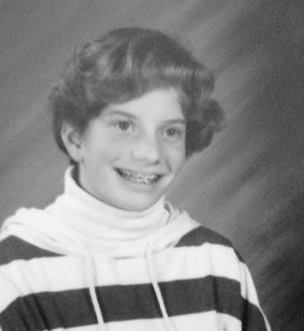
Ah, the golden age that was September 1992. Just out of frame is a cinder block shoebox of classroom wallpapered with any and every academic support poster in the universe. Specifically, the one right next to my back-row desk: an oversized checklist of The Writing Process. You know the one. Bright and colorful with a super cute anthropomorphic pencil grinning at you like Pennywise.
It looked something like this:
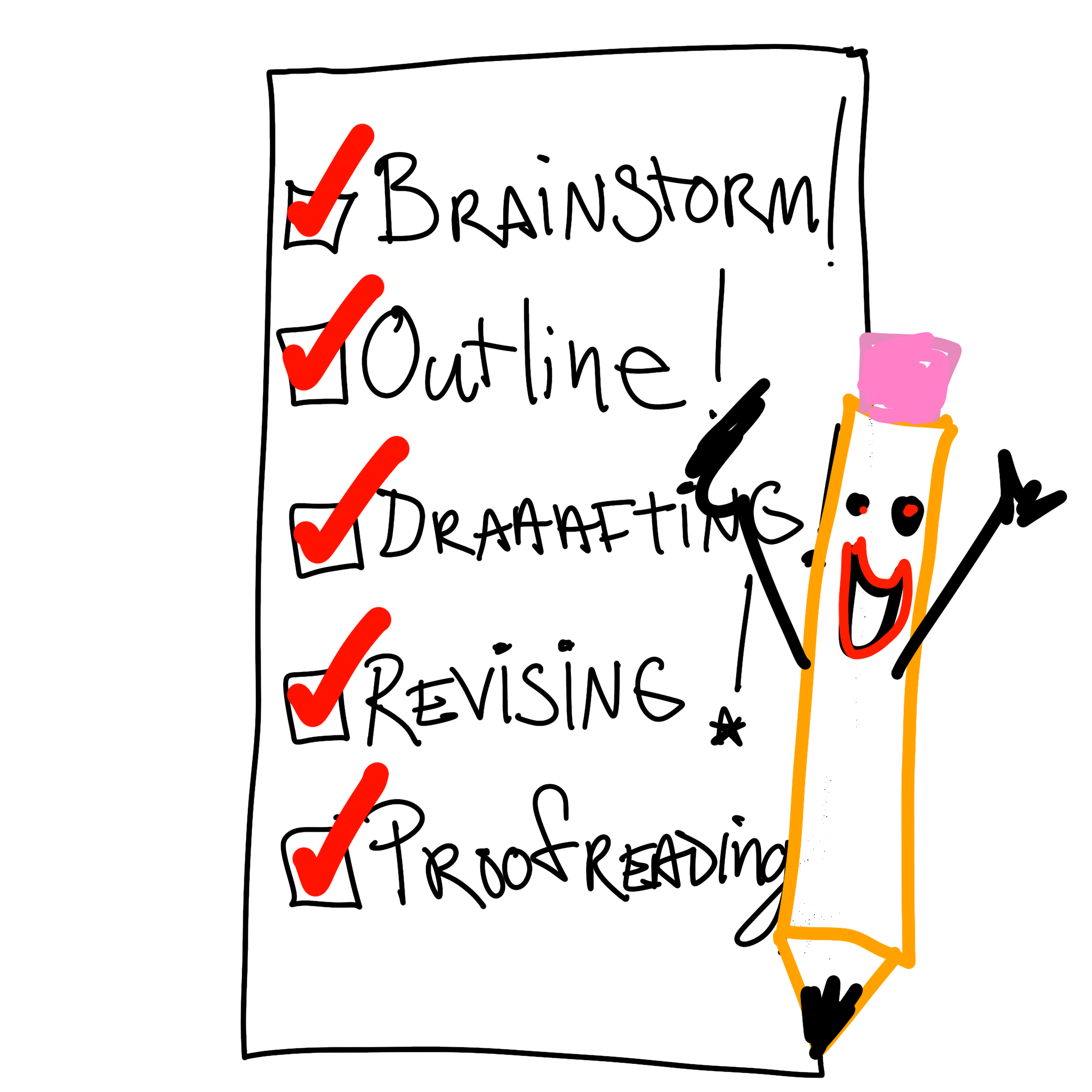
But as I found out, 20 years later: writing is not supposed to make me stress-cry every time I had a Language Arts assignment due the next morning.
After I graduated, and the pressure to plan, type, and hand in a predetermined topic in one fell swoop was over, I got to find my own way. But before that, I want to look at why the idea of The Writing Process was so harmful for me.
Why I Hated Writing
My teacher lived and breathed by The Writing Process checklist, but what was worse, I couldn’t tell if it confused my fellow classmates. It was not the warmest of learning environments, and I figured out quickly to keep my confusion to myself.
I think The Writing Process checklist intimidated me because I was taught to take it at face value. If I was stuck while working on my essays, the teacher would point to the poster. That told me This Is the Only Way To Write. Except my process looked more like this:
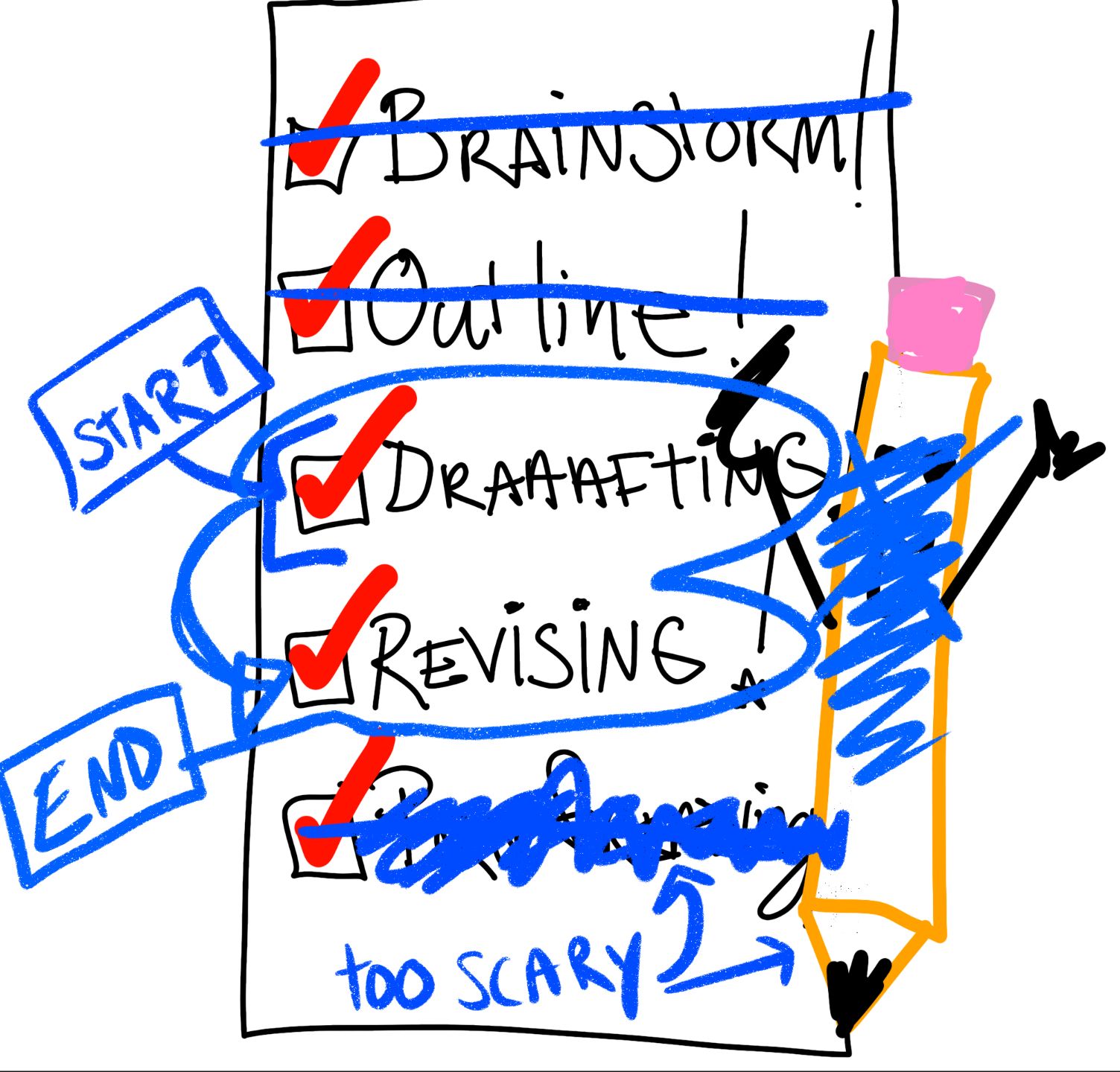
I was embarrassed. And probably frustrated. But not just because the teacher had a habit of calling out our essay grades as she slapped them down on our desks. I was also embarrassed because The Writing Process did not come easily for me. It was a small school, and no one else was complaining, so I stayed quiet and handed in my drivel with apathy.
If you grew up in a school like mine, classroom walls didn’t lie. They were law. So I went through the motions of Doing The Homework, hid my assignments from my editor parents, and became a solid C- student. And so it went … until I graduated from college.
How I Got Past It
It wasn’t until after my undergraduate years that I realized anyone actually liked writing. Without the time pressure of a seven- or fourteen-day turnaround, I started reading more, which led to some dabbling in fiction that will never see the light of day. At one point, I even sat down to map out what my process actually looked like, or even if I had one. And I kind of did.
I noticed it when I first saw a slightly better version of The Writing Process. Except it wasn’t a checklist. Joy of joys, it was as a cycle.
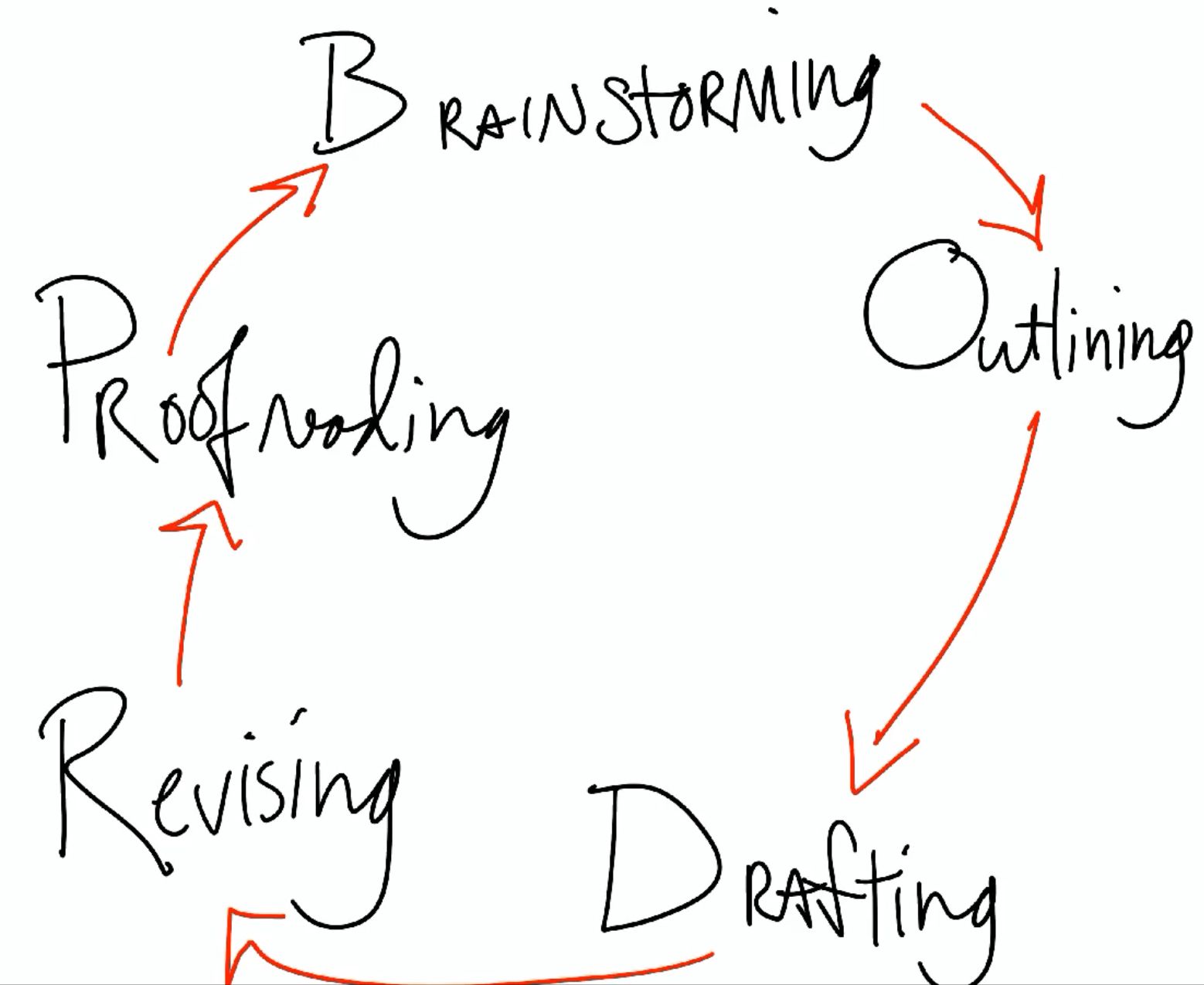
And while a cycle felt a lot more familiar to me, it was still too simple. I never wrote the same way twice. But a lot of these pieces of the cycle would rebound back on each other. My writing process for one of my earliest manuscripts looked more like this:
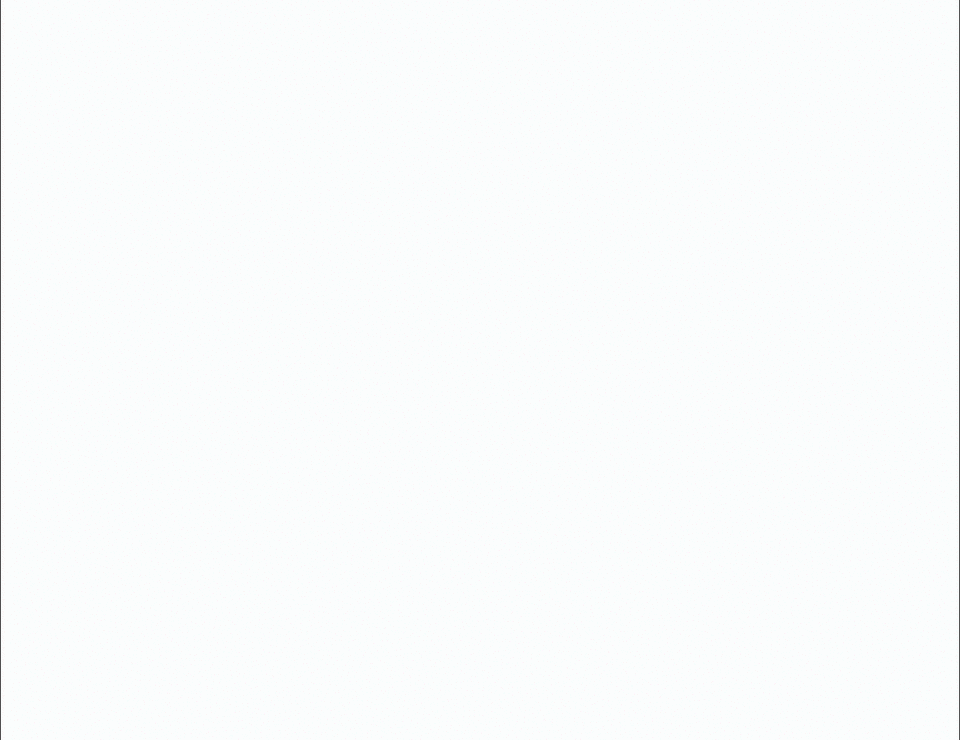
Mapping out my writing processes in this way keeps me invested in improving it. And I have. Not only am I a firm believer that there are as many ways to write as there are people on this planet, but I also know that my process changes.
Not just by project, either. An infinite number of factors affect my daily writing process. Things like mood, life stressors, room temperature, how loud my dogs are snoring … everything has an effect on my process. And it’s the very awareness of that fluidity that initiated my infatuation with writing.
What My Process Looks Like Now
Regardless of if I’m writing academic research, middle grade horror, or hot takes about the fifth-grade writing traumas, my current processes has the same basic pattern: Chaos. I’ve learned to accept it. As of this morning, here are just some parts of my writing process for this very post:
Brainstorming: Writing is just thinking onto a page so anything that gets my wheels turning about an idea counts as writing. This rarely happens on the page for me. Whether I am watching TV, knitting, or pouring concrete, I am brainstorming. This includes movies, walking my dogs, picking out backsplash, or ranting about Gilmore Girls. … It all counts. The typing part is just a technicality.
Zero-Drafting: This is often ink-on-paper. It’s a low-stress journaling session where I get anything and everything about the idea out of my head including but not limited to: topics, the takeaway, possible images or illustrations, maybe some alternative topics or subsection ideas. It’s just me telling myself this maybe-story. Here’s what it looks like for the very article you are reading:
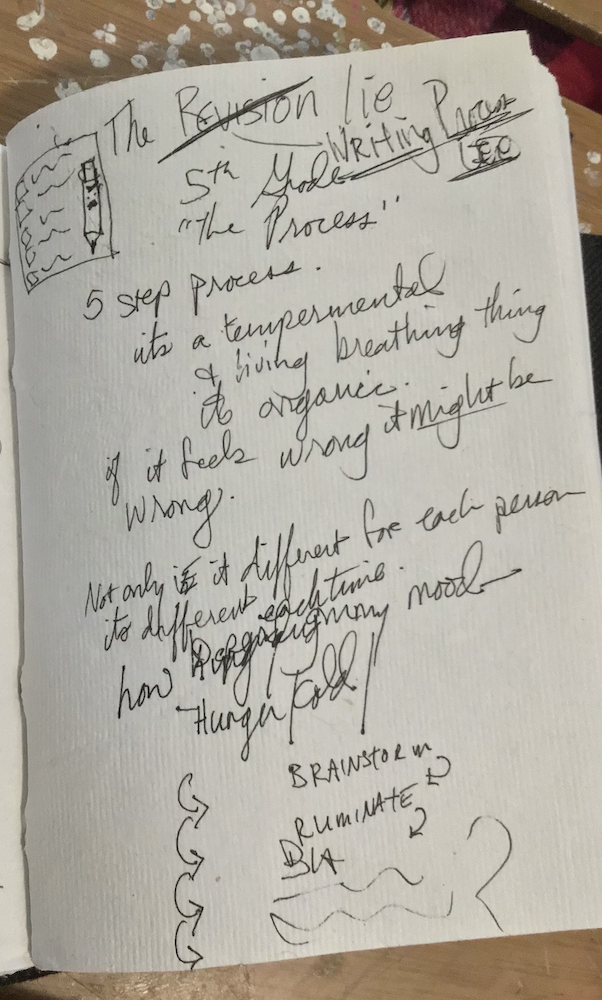
Outlining: Do I outline? Absolutely yes, I’m not a monster. And do I follow said outline exactly? Absolutely not. Just because I’m using GPS on a road trip, doesn’t mean I can’t make an unscheduled detour to a haunted farmer’s market.
Drafting: This is where I shine. I would draft for days, weeks, and eons if I could. It’s my sandbox. At this phase, I’m just playing around, but the words are coming out onto the page or screen. And yet, nothing is set in stone.
Revision: This is still a difficult phase for me. Revising slows me down. I think because it uses a very different skill set than drafting. But the very act of realizing (and admitting to) that limitation helps. And I now know to schedule revisions for the times of day or week that I’m most analytical (typically after lunch, but before dinner prep, excluding Mondays. No, I don’t know why. It’s just how I’m wired, and I like not revising on Mondays).
Snack breaks: Never underestimate the power of food. I’d be lying if I omitted this part of my writing process. Not only is eating a comforting part of my family culture, it’s a genuinely useful tool for making sure I’m taking breaks, walking away from my screens, and refilling my water bottle. Today’s snack was avocado, cheddar slices, and tea. Also pistachios. And chocolate. And coffee.
Proofreading: Zilch—if I can help it. Proofreading is not my strong suit. I learned a while back not to sweat this level of detail. Because, like revising, it uses a completely different skillset, one I was never wired to use. This is why editors exist, thank goodness.
[Editor note: she's right, this article needed a ton of proofreading.]
Subject Matter Research: One of my two* current works in progress (WIPs) is a horror/humor mashup. So yes, re-reading Goosebumps, watching creepy shows, and listening to supernatural crime podcasts counts as writing.
*WIPs: A change is as good as a rest. A huge part of my current process includes avoiding creative fatigue without losing momentum. And I recently figured out how to do this. I simply have two WIPs going at any given time. That way, when I get sick of looking at Project One, I pivot to Project Two. It’s different material, which is good for when I’m sick of looking at Project One, but my writing muscles stay warm. NOTE: Any more than two WIPs, choice paralysis sets in, and nothing gets done.
Bonus hot take: There’s no such thing as writer’s block for me. Sometimes it feels like it, but after years of evolving through my different writing processes, I now know that when I get “stuck,” it’s probably because I took a wrong turn somewhere in the story. Or, I’m forcing my character(s) to do something they would never do in real life.
When it doesn’t work, it doesn’t work. Back up a few scenes. You’ll know it when you see it.
TLDR: The Writing Process is a myth because there isn’t just one. Writing is organic and recursive and simply acknowledging that my processes might change from day-to-day is half the battle.
*Images courtesy of Erica Davis